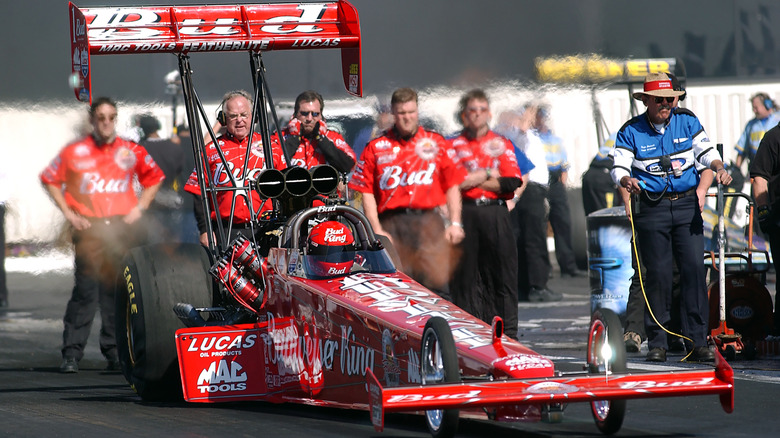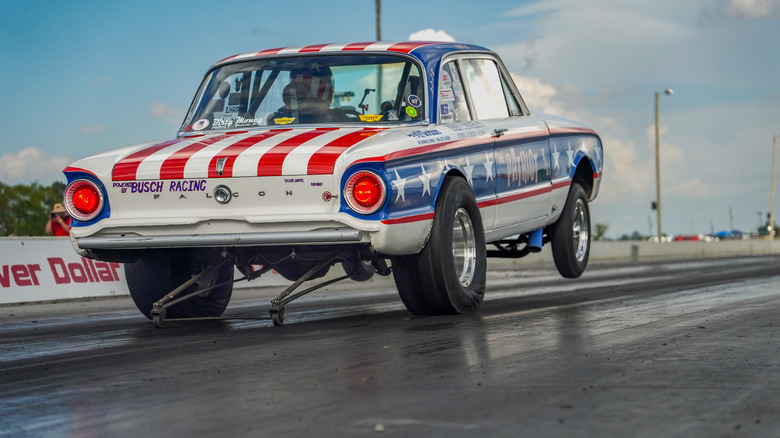Why Do Drag Cars Have Skinny Front Tires?
Drag racing is as much about strategy as it is about speed. Every decision — whether choosing between a supercharger and a turbocharger, optimizing aerodynamics, or selecting the racing car — can make or break a race. In drag racing, the selection of tires and the tire width are major decisions beyond aesthetics, especially the choice to use skinny tires at the front. Along with providing drag cars with a distinctive look, these narrow tires play a huge role in shaving seconds off a car's performance.
The physics behind the use of skinny front tires is interesting and multi-faceted. For starters, skinny front tires help in reducing rolling resistance, a force that occurs when tires deform as they roll. Because they have a smaller contact area with the road, less surface area is deformed as the tire rolls. Less flex means less friction and faster acceleration.
Tire pressure can also affect rolling friction, which is why skinny front tires in drag racing are often inflated to higher pressures than the rear tires. While the wider rear tires need maximum grip at launch, the front tires are essentially just along for the ride and don't need to hold tightly to the track.
The role of wider back tires and the aerodynamics of skinny front tires
Drag cars need wide tires in back to provide grip for the drive axle. Using similarly wide tires at the front would increase friction and resistance, which would ultimately slow the vehicle down. Aerodynamics are also critical when designing and building a race car. This is where the drag coefficient — which measures how well a vehicle cuts through the surrounding air — comes into play. For this benchmark, lower numbers indicate less wind resistance. For example, the Honda Insight had a drag coefficient of 0.25, about 1/4 that of modern Formula 1 cars. In between those two examples lie many sports cars, like the 1993 Mazda RX-7 at 0.29.
Skinny tires help improve a car's aerodynamic profile by reducing the surface area that is presented to the air. This cuts down on turbulence and wind resistance, especially at high speeds. While this feature helps a bit, the overall impact of skinny front tires on the car's aerodynamic profile is relatively small. The majority of drag at high speeds comes from the car's body.
Weight reduction and optimized traction at the rear
Shedding weight also improves a car's acceleration and top speed. For example, the Ford Mustang GTD achieves its impressive 202 mph top speed because it adopts lightweight design principles inspired by the GT3 race car. The Mustang GTD's body panels are mostly carbon fiber, and its engineers focused on weight reduction in nearly every component. In drag racing, skinny tires reduce overall weight compared to standard or wide tires. This improves the car's power-to-weight ratio. With less weight to move, precious milliseconds are cut from a car's acceleration times, giving drivers a competitive edge off the starting line.
Skinny front tires also help optimize traction. During a drag race, the majority of the vehicle's weight shifts to the rear axles due to the force of acceleration. This weight transfer places a heavier load on the rear tires, while the front tires are often lifted off the track completely. Power is transferred to the rear tires, where it matters most. And since drag races are run in a straight line, the front tires don't need to grip the track to steer the car.


